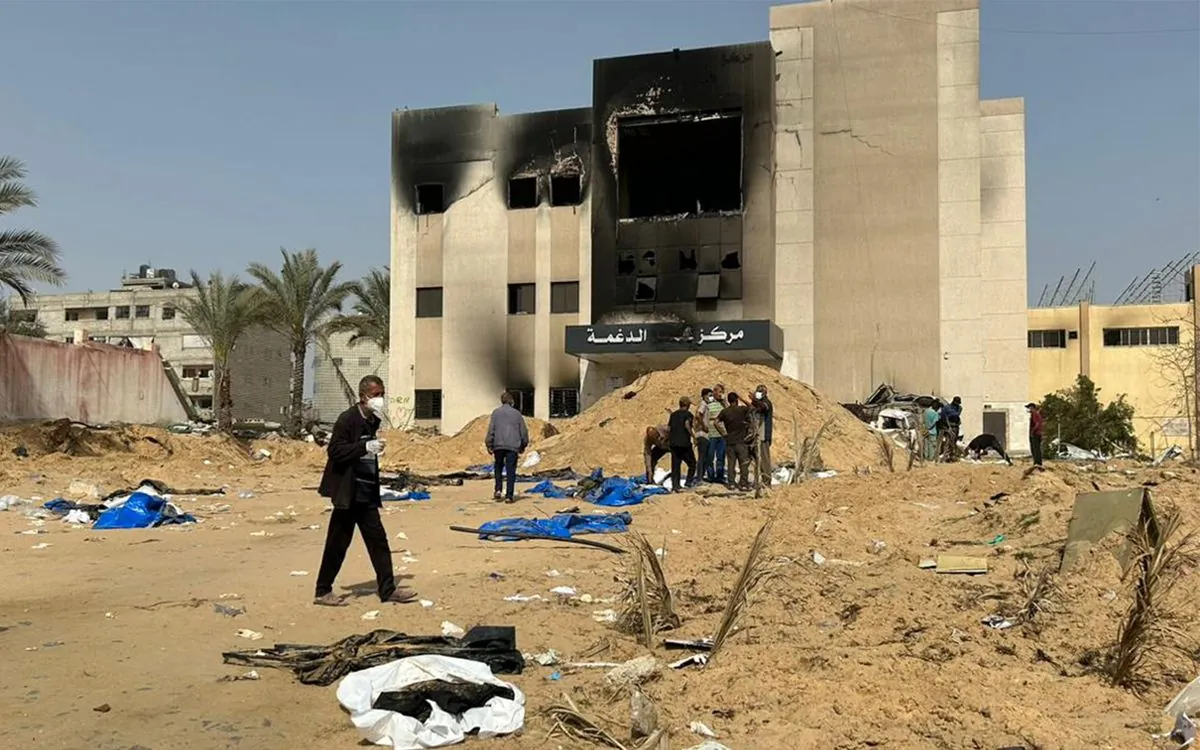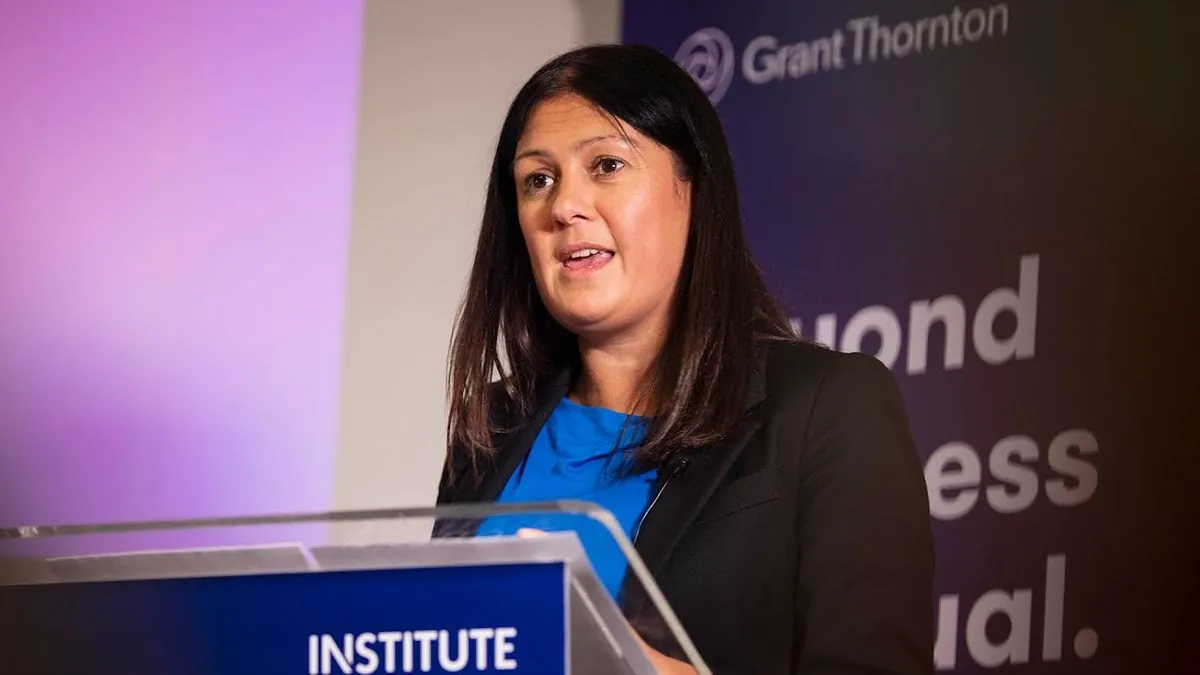WHO: Gaza Faces Long-Term Rehabilitation Crisis Amid Conflict
WHO reports extensive rehabilitation needs in Gaza, with over 22,500 people requiring long-term care. Damaged health system struggles to meet demand for treatment of severe injuries and disabilities.

The World Health Organization (WHO) has issued a stark warning about the long-term health consequences of the ongoing conflict in Gaza. According to a recent report, a significant portion of the population will require extensive rehabilitation services for years to come due to severe injuries sustained during the hostilities.
The WHO estimates that at least 22,500 individuals in Gaza will need ongoing trauma rehabilitation, with many facing permanent disabilities. This figure represents approximately one-quarter of all those injured in the conflict. The Gaza Strip, one of the world's most densely populated areas, is grappling with an unprecedented health crisis that extends far beyond the immediate casualties of war.
Limb injuries are the primary driver of rehabilitation needs, affecting up to 17,500 people. The report also highlights the prevalence of spinal cord injuries, traumatic brain injuries, and major burns. These conditions often result in long-term or permanent disabilities, requiring specialized and ongoing care.

The situation is further exacerbated by the severe damage to Gaza's health infrastructure. Only 17 out of 36 hospitals remain partially functional, severely limiting the capacity to provide adequate care. The territory's sole limb reconstruction and rehabilitation center, located at Nasser Medical Complex in Khan Younis, ceased operations in December 2023, leaving a critical gap in specialized care.
Dr. Richard Peeperkorn, WHO Representative in the occupied Palestinian territory, emphasized the dire circumstances: "The huge surge in rehabilitation needs occurs in parallel with the ongoing decimation of the health system. Patients can't get the care they need. Acute rehabilitation services are severely disrupted and specialized care for complex injuries is not available, placing patients' lives at risk."
The report reveals that at least 4,050 limb amputations have occurred since the conflict escalated. In January 2024, UNICEF estimated that around 1,000 children in Gaza had lost one or both legs, equating to approximately 10 children losing limbs every day. This staggering statistic underscores the long-term impact on the young population of Gaza, where the average age is just 18 years old.
Federico Dessi, Regional Director for the Middle East at Humanity & Inclusion, shared insights on the challenges faced by medical professionals: "Some fractures are left untreated, which then means that they can't heal if the bone is not connected, it cannot fix itself." This situation is compounded by the lack of resources and overwhelming demand for medical attention.
The WHO report also notes the severe shortage of essential medical equipment and supplies. The demand for assistive devices such as wheelchairs and crutches far exceeds the available stock, further limiting mobility and independence for those with injuries or disabilities.
As the conflict continues, the international community faces mounting pressure to address the humanitarian crisis in Gaza. The long-term rehabilitation needs highlighted by the WHO report underscore the urgent necessity for a sustainable solution that ensures access to comprehensive healthcare and rehabilitation services for the affected population.


































